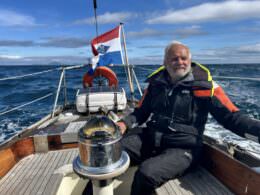 This summer I was once again away from Findhorn for the whole month of July in the privileged position of being able to explore the magnificent country of Scotland by sailboat – this year Shetland, the Orkney Islands, round Cape Wrath to the far northwest of the mainland, all down the Outer Hebrides from Lewis to Vatersay then many of the Inner Hebrides before sailing up to Fort William and a return through the Caledonian Canal to Lossiemouth. Absolutely fabulous! This meant that many of the activities going on on the land were packed into June and August for me and they were certainly packed!
This summer I was once again away from Findhorn for the whole month of July in the privileged position of being able to explore the magnificent country of Scotland by sailboat – this year Shetland, the Orkney Islands, round Cape Wrath to the far northwest of the mainland, all down the Outer Hebrides from Lewis to Vatersay then many of the Inner Hebrides before sailing up to Fort William and a return through the Caledonian Canal to Lossiemouth. Absolutely fabulous! This meant that many of the activities going on on the land were packed into June and August for me and they were certainly packed!
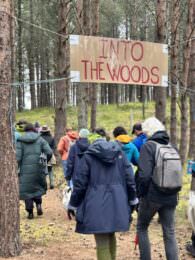 June activities included the first of a couple of drama performances in Wilkies Wood put on by Laura Pasetti and many young people attending her Theatre of the 7 Directions based at the Park Ecovillage Findhorn. The woods were initially the setting of performances of A Midsummer’s Day Dreams and later in the summer she put on a trilogy of eco-theatre productions around ‘What Matters?’ linking people to the environment. These events were inspirational and well attended- going forward we hope to see more use of our land in this way. It would be good to have a write up of these events from Laura for the next newsletter. This time around she was too busy as she got married using the green burial area as one of the venues.
June activities included the first of a couple of drama performances in Wilkies Wood put on by Laura Pasetti and many young people attending her Theatre of the 7 Directions based at the Park Ecovillage Findhorn. The woods were initially the setting of performances of A Midsummer’s Day Dreams and later in the summer she put on a trilogy of eco-theatre productions around ‘What Matters?’ linking people to the environment. These events were inspirational and well attended- going forward we hope to see more use of our land in this way. It would be good to have a write up of these events from Laura for the next newsletter. This time around she was too busy as she got married using the green burial area as one of the venues.
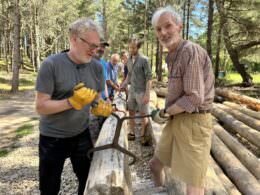 June was also time to finally sort out the new sanctuary beams and columns that had been prepared two years previously from blown timber from Wilkies Wood. This involved transporting them down to the Conservation Hub where they were given a final scraping by an enthusiastic volunteer team led by our long term volunteer Chris before being delivered by our tractor to the new sanctuary site. It is good to see them being finally used in the construction of this important building. An additional event in June was the Forres Academy Biology field trip – this was the third year in a row that this happened with about fifty students here to carry out their practical studies on the land helped by the FHT team.
June was also time to finally sort out the new sanctuary beams and columns that had been prepared two years previously from blown timber from Wilkies Wood. This involved transporting them down to the Conservation Hub where they were given a final scraping by an enthusiastic volunteer team led by our long term volunteer Chris before being delivered by our tractor to the new sanctuary site. It is good to see them being finally used in the construction of this important building. An additional event in June was the Forres Academy Biology field trip – this was the third year in a row that this happened with about fifty students here to carry out their practical studies on the land helped by the FHT team.
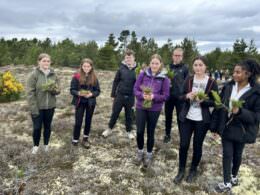 This was another great success and with £3500 successful funding from the Newbold Legacy Trust marked the start of an official three year partnership with the school based around our Dune Restoration Project – it will be exciting to see how this further involvement with local young people develops. Towards the end of the month we held our first official practical beekeeping weekend workshop although John Willoner was not well at the time and the other core bee team member Martin Harker was only available on the Sunday. It was attended by young and elderly local people and allowed us to do lots of practical exploring and catch up with the management of the hives, many of whom were having a hard time due to cold or rainy weather this summer. We will definitely look to repeat this course in other years to give more people the opportunity of these experiences.
This was another great success and with £3500 successful funding from the Newbold Legacy Trust marked the start of an official three year partnership with the school based around our Dune Restoration Project – it will be exciting to see how this further involvement with local young people develops. Towards the end of the month we held our first official practical beekeeping weekend workshop although John Willoner was not well at the time and the other core bee team member Martin Harker was only available on the Sunday. It was attended by young and elderly local people and allowed us to do lots of practical exploring and catch up with the management of the hives, many of whom were having a hard time due to cold or rainy weather this summer. We will definitely look to repeat this course in other years to give more people the opportunity of these experiences.
 Before I left for sailing and immediately on my return I did a couple of public engagement events. The first was at the end of June and involved a FHT presentation to 150 soldiers at the Kinloss Barracks as part of their Global Charge initiative – all service personnel have the opportunity to get actively involved in volunteering to help with global issues of the climate crisis and biodiversity crisis for three days in June. Good connections were made with their newly created army conservation group and there is potential to develop this important link. At the beginning of August the presentation was to the Forres Rotary Club ( see write up elsewhere) and again this was well received and a follow up event in autumn is expected.
Before I left for sailing and immediately on my return I did a couple of public engagement events. The first was at the end of June and involved a FHT presentation to 150 soldiers at the Kinloss Barracks as part of their Global Charge initiative – all service personnel have the opportunity to get actively involved in volunteering to help with global issues of the climate crisis and biodiversity crisis for three days in June. Good connections were made with their newly created army conservation group and there is potential to develop this important link. At the beginning of August the presentation was to the Forres Rotary Club ( see write up elsewhere) and again this was well received and a follow up event in autumn is expected.
I was aware that in July there was a Medical Herbal walk that was put on by expert Heather Luna, a friend of Henry Fosebrook which used the Woodland Garden and Outdoor Learning Space as a base.
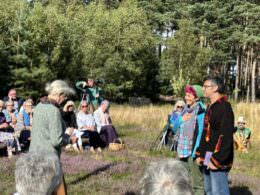 In August it was so lovely to finally have the wedding of community members Laura and Manuel taking place in the Green Burial space after so many funerals with the joyous couple using it to consciously connect with the natural world by having this part happen here before a reception and evening event in the Universal Hall. FHT has been involved with developing the Park Ecovillage Findhorn Local Place Plan which is looking at the possible physical development of the ecovillage from now until 2037 and got involved in the environmental part of this by carrying out a walk and talk on the land and a presentation in the Hall on the 25th August.
In August it was so lovely to finally have the wedding of community members Laura and Manuel taking place in the Green Burial space after so many funerals with the joyous couple using it to consciously connect with the natural world by having this part happen here before a reception and evening event in the Universal Hall. FHT has been involved with developing the Park Ecovillage Findhorn Local Place Plan which is looking at the possible physical development of the ecovillage from now until 2037 and got involved in the environmental part of this by carrying out a walk and talk on the land and a presentation in the Hall on the 25th August.
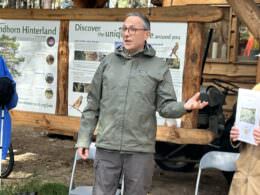 Another initiative I am involved with, partially with my FHT hat on, is as Chair of the Education Circle enabling educational courses here at the Park Ecovillage Findhorn. Very important to us is the development of the visit ecovillage Findhorn website which will be an essential tool to market more widely the educational courses we and others wish to put on – please do have a look, sign up and encourage others to do so. Thank you as this will affect the long term sustainability of what we do.
Another initiative I am involved with, partially with my FHT hat on, is as Chair of the Education Circle enabling educational courses here at the Park Ecovillage Findhorn. Very important to us is the development of the visit ecovillage Findhorn website which will be an essential tool to market more widely the educational courses we and others wish to put on – please do have a look, sign up and encourage others to do so. Thank you as this will affect the long term sustainability of what we do.
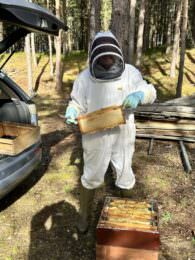 Towards the end of the month and into the beginning of September there has been another flurry of events including our first physical bee inspection since June which revealed that despite the neglect this year there was some honey extraction possible. The others were the Butterfly Conservation event involving moth trapping on the dunes (see report elsewhere), a very successful Chunky Bench Making Workshop led by Steven Porter and I and important drone monitoring work by ecologist James Bunyan more of which you will find out about in our next newsletter.
Towards the end of the month and into the beginning of September there has been another flurry of events including our first physical bee inspection since June which revealed that despite the neglect this year there was some honey extraction possible. The others were the Butterfly Conservation event involving moth trapping on the dunes (see report elsewhere), a very successful Chunky Bench Making Workshop led by Steven Porter and I and important drone monitoring work by ecologist James Bunyan more of which you will find out about in our next newsletter.
All in all another busy and productive season with a good variety of events happening and being enjoyed. I have been particularly happy with the way our Conservation Hub has been really serving us as the physical base for much of this activity. Thanks go once again to all who contributed to that build and continue to give so much to the work on this special piece of land and this thriving charity.
Warm regards,
Jonathan Caddy
FHT Chair
September 12th 2024
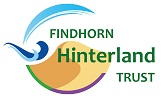



















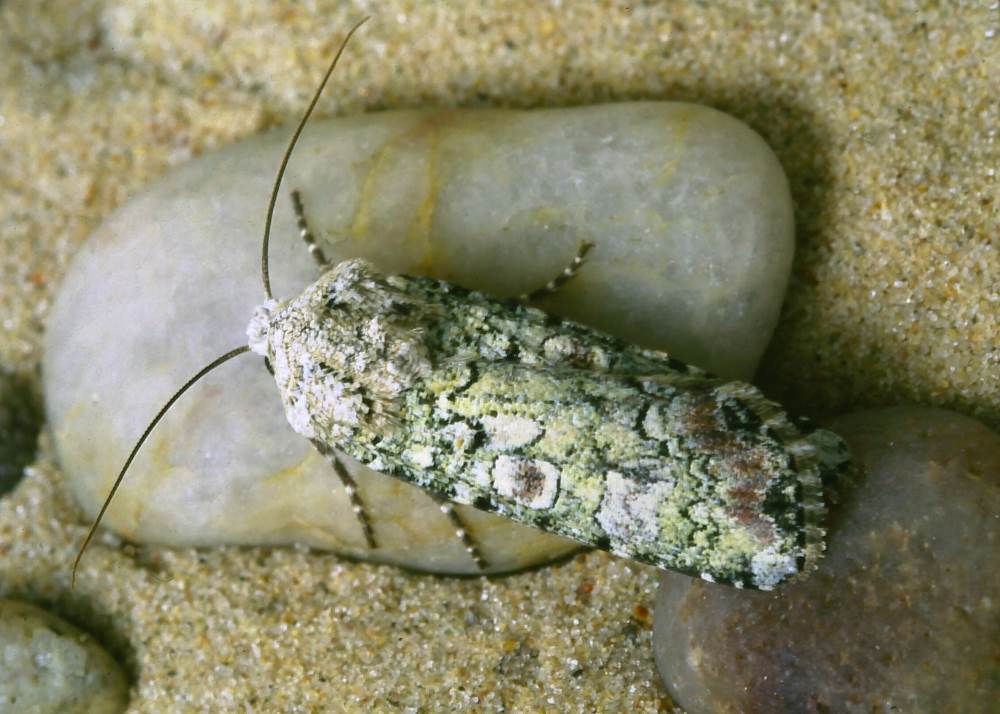
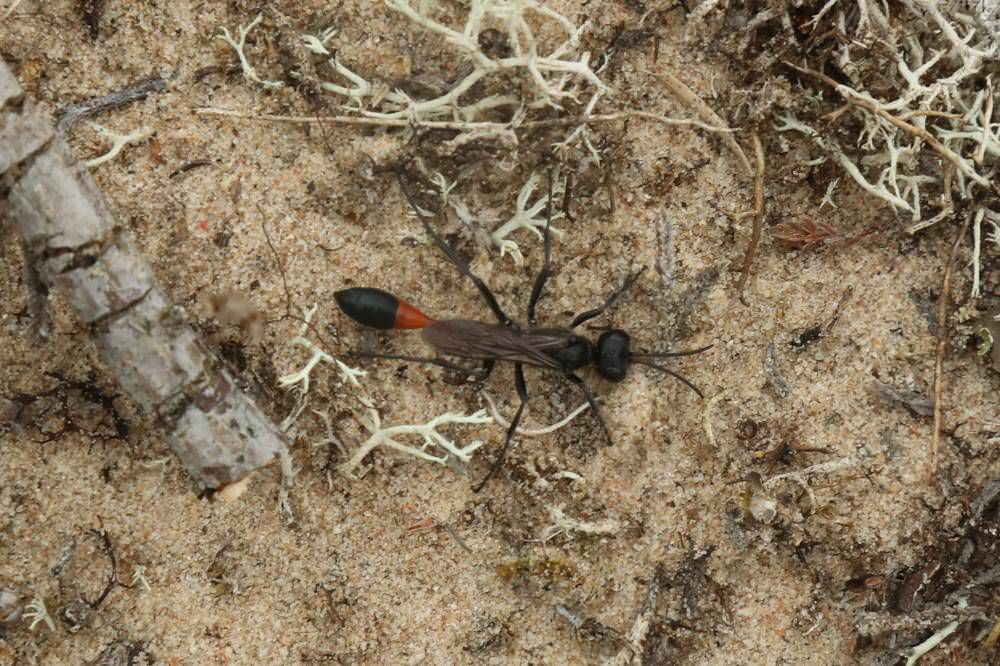
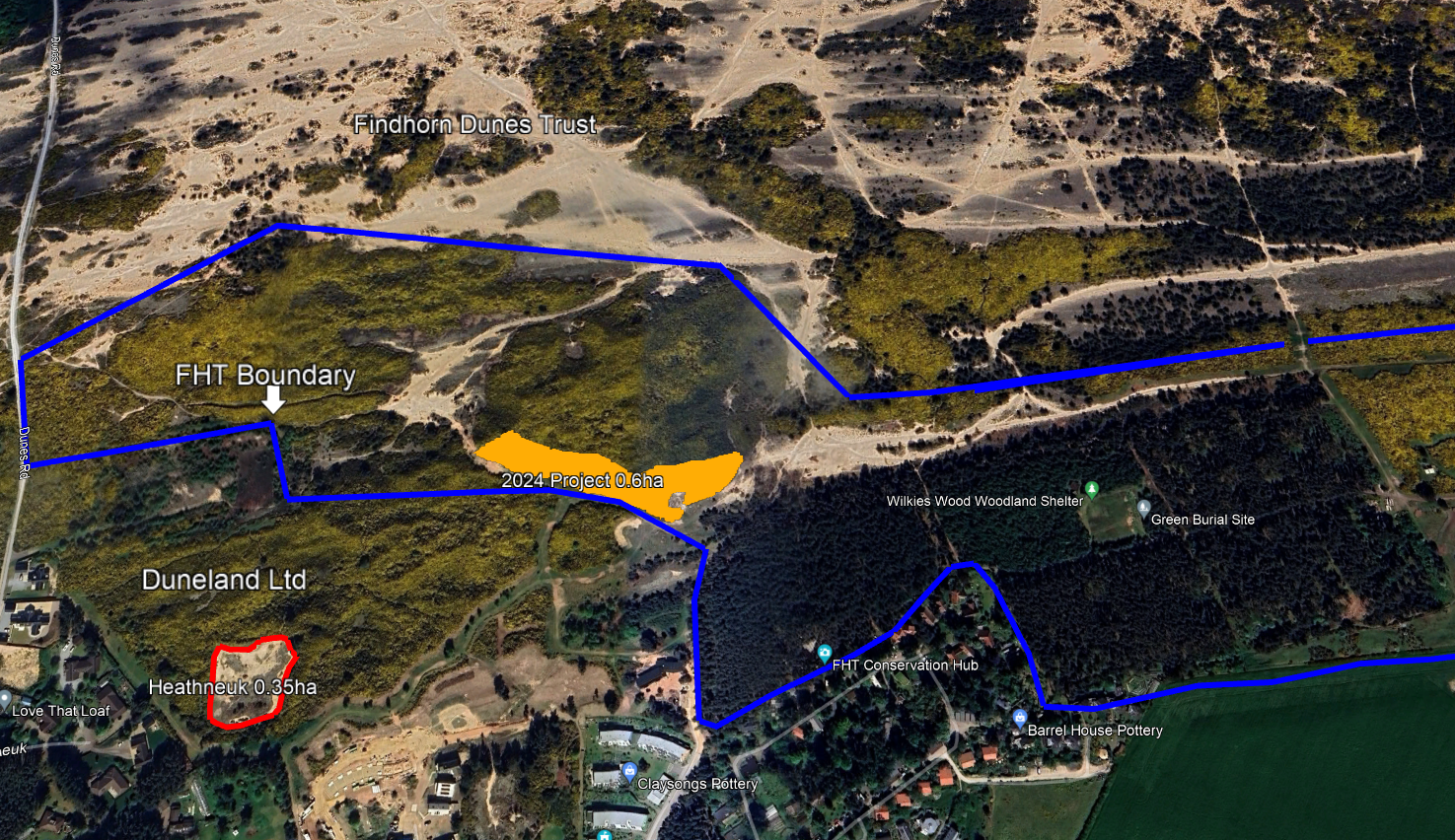
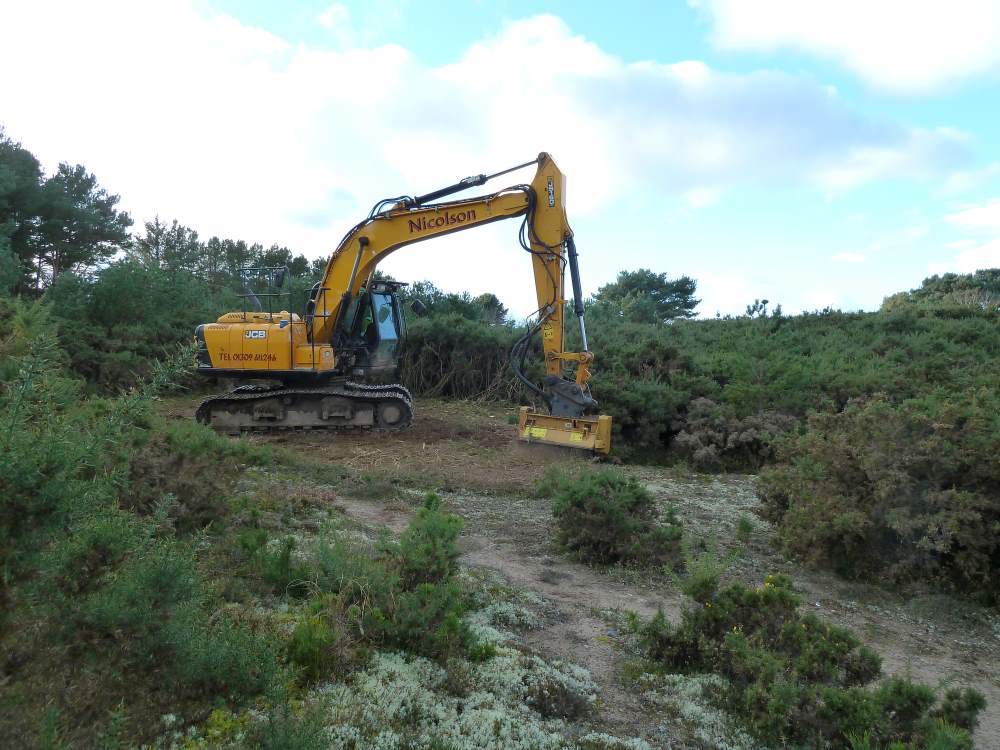
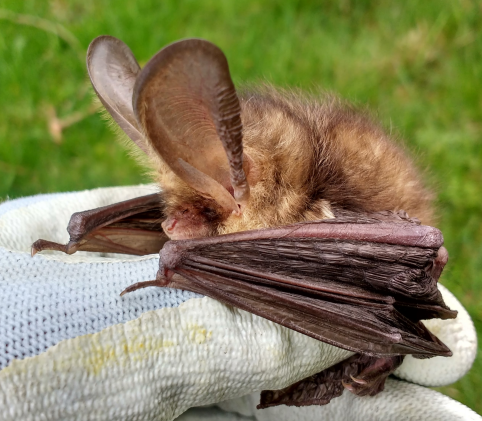
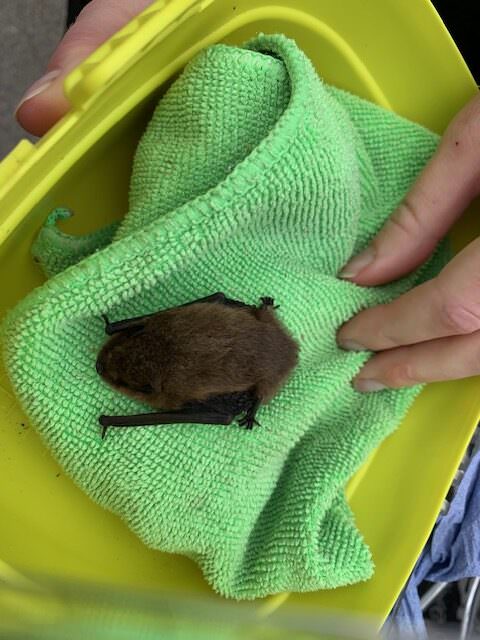
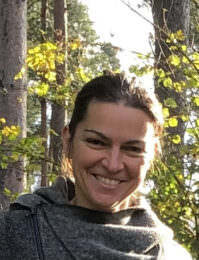
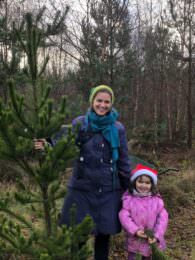
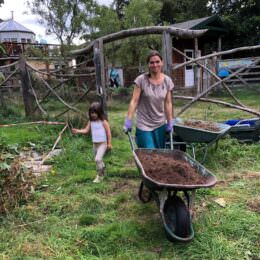
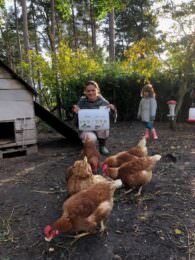
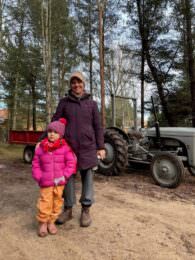
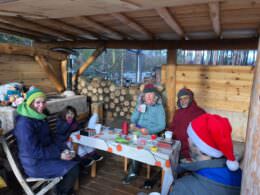
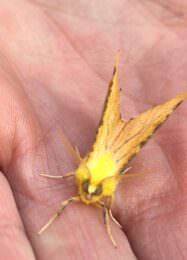
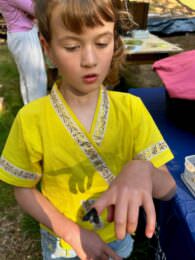
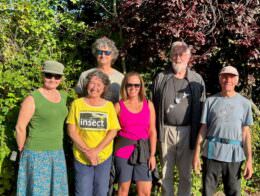
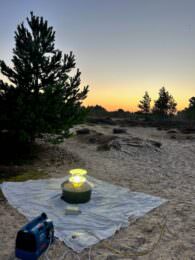
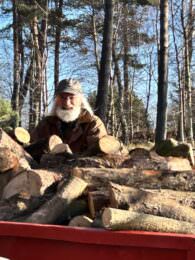
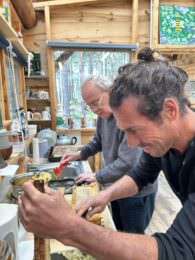
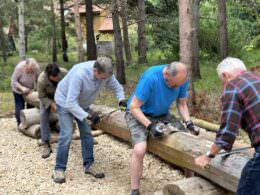
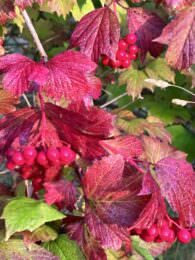
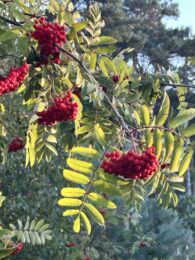
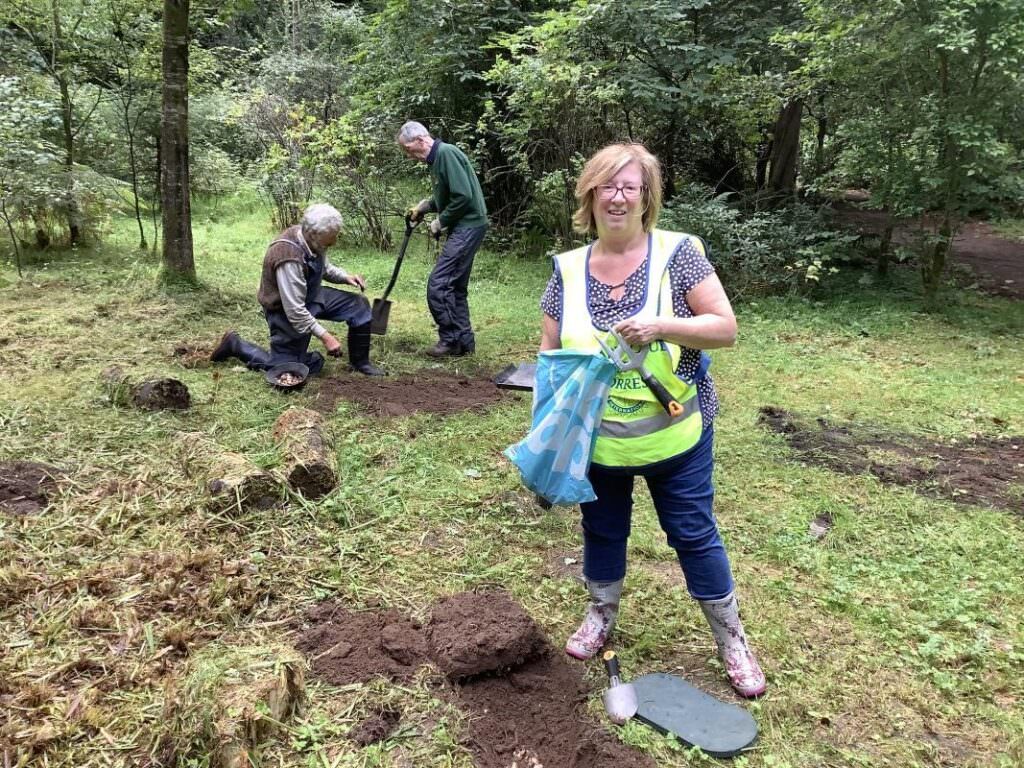
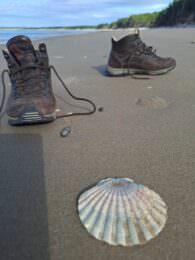
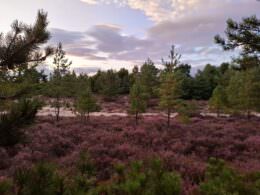
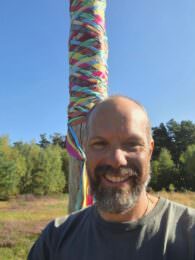
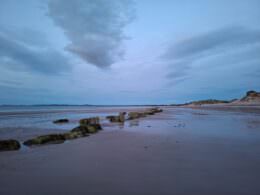
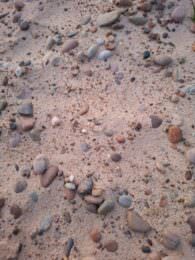
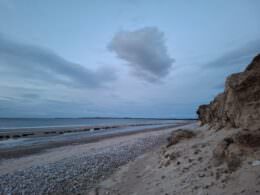
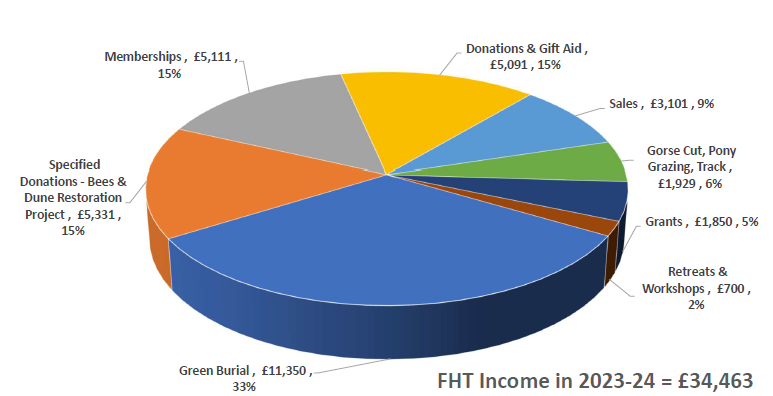
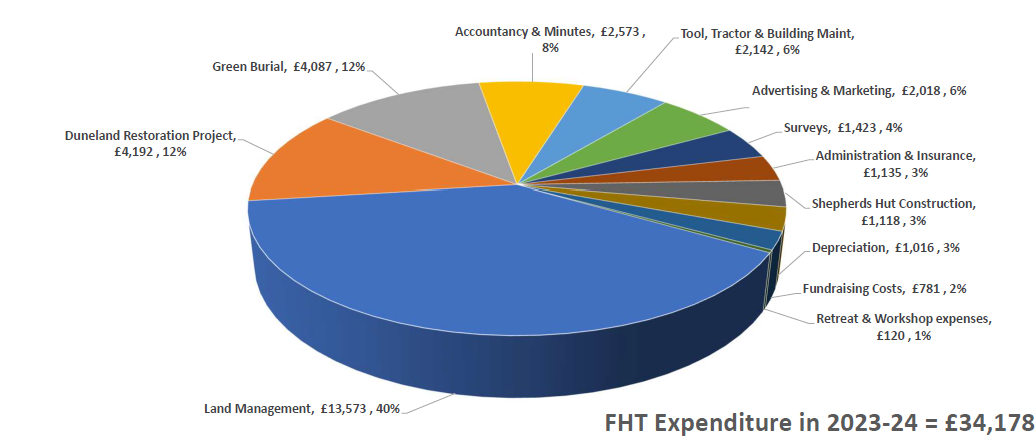















Celebrating What the Findhorn Hinterland Does
Last Year’s Activities and Achievements
Much has been achieved on many fronts this year with activities and events that often simultaneously promote all four of the charity’s purposes. Some of the most prominent have been:
Conservation and Educational Events on or Related to the Land
In addition to these new initiatives the normal series of monthly work parties were carried out with particularly well attended events around bees in the spring and a summer happening in the Woodland Garden. Celebration events such as the May Day Celebration, a Summer Solstice Event and our traditional Christmas tree/winter gathering at the Woodland Shelter and Santa’s Grotto special event at the Conservation Hub were all appreciated and continue to help build a sense of local community through fun and nature connection. The Forres Academy Biology Field Trip in June is also now turning into a much appreciated annual event that involves over 50 young people using the charity land to carry out meaningful study.
Buildings/ Projects
A new building project was that of crafting a couple of chunky benches that an older member of the community commissioned to go out on the landscape for all to use. This was possible because of the involvement of woodworker Steven Porter who inspired volunteers to help with this creative and worthwhile venture.
Green Burial Activity – This has been the second full year that the four strong burial team has been in operation and one of them, Laura Shreenan, has now taken on the sale of lairs from Will Russell, the previous one man coordinator. All has been working well with 4 new burials taking place this year including three events involving community members Dee Sunshine 26/11/2023, George Ripley 03/02/2024 and Astrid Gobbett 11/03/2024. This brings the total number of burials to 57 with a further 72 lairs reserved.
Membership and Publicising the Work of the Trust. This is the fourth year of running the trust’s paid membership scheme with a slight increase this year from 180 to 196 members. Our quarterly newsletter has been appreciated by many and has been very useful in promoting our work to grant givers and prospective new members. The Conservation Hub information boards continue to promote our work alongside the high quality posters and promotional material produced by our marketing person, Birgit Carow.
Personnel and Administrative Successes – The trustee group has remained stable and our part time Land Manager Kajedo Wanderer continues to underpin much of what the FHT does on the land. Regular land management, finance, beekeeping and green burial subgroup meetings have served the work of the trust well in giving time to discuss and make decisions on important operational matters.
Jonathan Caddy
FHT Chair
Taken as an extract from the 2022-2023 FHT Trustees Report